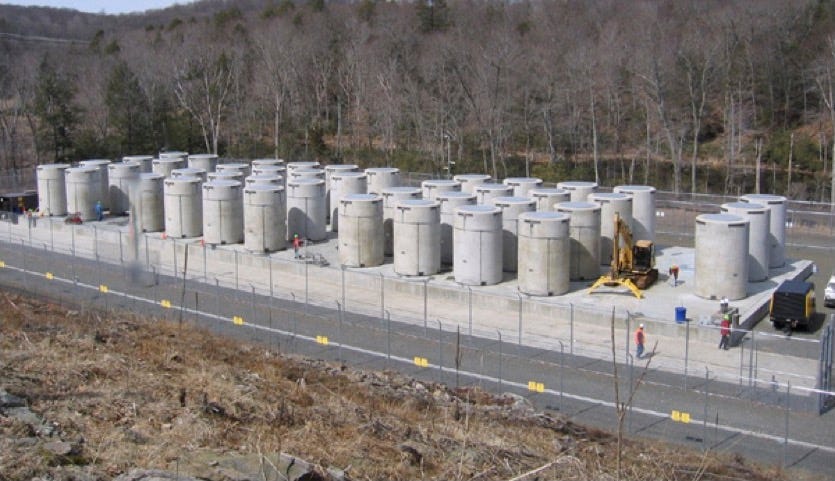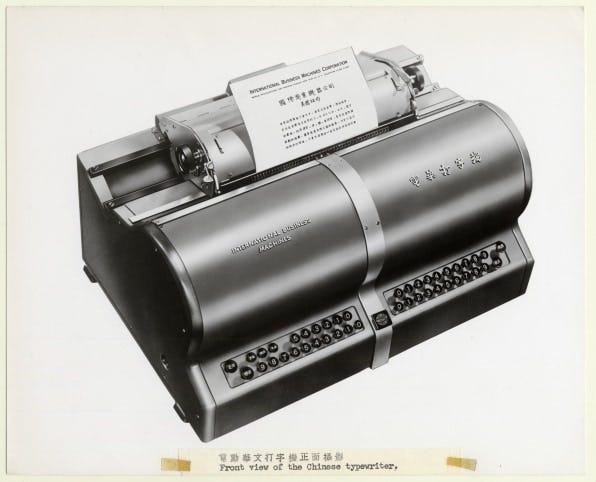Links
Busy week…there are a number of promising pieces in my backlog, so hopefully next week is more interesting
3 stars
Juggling from Above | Kottke
Juggling, from the usual angle, looks like a very hectic endeavor — balls and clubs and hands flying everywhere. But if you get an overhead view, as in this video from Taylor Glenn, you can see that often there’s very little movement in two of the three dimensions. The mastery of these small movements combined with the sweeping up-and-down motions creates a compelling illusion for ground-based viewers. The power of a different perspective.
2 stars
I walk the (beta-stability) line | Roots of Progress
Way more interesting than you’d expect:
How counting neutrons explains nuclear waste […]
Let’s descend from the lofty reaches of theory to the practical reality of engineering. What we’ve just seen helps us understand how fission energy works, why nuclear fuel turns into nuclear waste, and why that waste needs special handling. […]
The good news is that, because nuclear fuel is insanely energy-dense, there just isn’t that much waste to deal with, per kWh generated. For instance, here is all the waste produced by the Connecticut Yankee plant during its 28-year lifetime, during which it generated 110 terawatt-hours of electricity:
It fits on a single pad, 70x228 feet. And most of the mass in that photo is concrete; only about 20% is the waste. (As Jack Devanney notes, if a coal plant generated the same amount of energy and we tried to fit it on this pad, it would be over 1.3 miles high.)
The Great Wave by Hokusai: Great Art Explained | YouTube
I started "Great Art Explained" during lockdown. My aim is to make videos which focus on one great artwork. I want to present art in a jargon free, entertaining, clear and concise way with no gimmicks. […]
In 1639 Japan closed its borders and cut itself off from the outside world. Foreigners were expelled, Western culture was forbidden, and Entering or leaving Japan was punishable by Death. It would remain that way for over 200 years.
It was under these circumstances that a quintessentially Japanese art developed. Art for the people that was consumed on an unprecedented scale.
Bangladesh is the new Asian Tiger | Noahpinion
I find most people’s thinking about global growth to be remarkably parochial, status-quo biased, and stereotype-driven. By now it’s generally taken as given that countries in East Asia are able to ascend rapidly to developed-country status, using a more-or-less traditional approach of export-oriented manufacturing and climbing up the value chain. After all, we’ve seen Japan do it, then Korea and Taiwan, then China, so few doubt Vietnam’s ability to do the same.
But when it comes to developing countries outside East Asia or the periphery of Europe, I find that discussions of their growth prospects suddenly turn gloomy. Top economists like Joe Stiglitz and Dani Rodrik express deep skepticism about the ability of countries outside East Asia to get rich using the manufacturing-centric model. Stiglitz glumly encourages non-East-Asian developing countries to find some entirely new and different path.
The official reason for pessimism is “premature deindustrialization”, and there’s some concern that labor-intensive manufacturing will be automated away. But really I think the reason is much simpler and more intuitive — we haven’t seen many countries outside of Europe or East Asia industrialize yet (the main exceptions being Malaysia, Turkey, and Israel), so it’s just not a thing people expect to happen.
All those skeptics should take a look at Bangladesh. The compact but populous South Asian country has quietly been powering ahead using a very traditional-looking growth model. A Bloomberg article recently reported that Bangladesh has now surpassed both India and Pakistan in terms of GDP per capita. That’s an astonishing milestone.
Meet the mystery woman who mastered IBM’s 5,400-character Chinese typewriter | Fast Company
I had seen this woman before. Many times now. I was certain of it. But who was she? In a film from 1947, she’s operating an electric Chinese typewriter, the first of its kind, manufactured by IBM. Semi-circled by journalists, and a nervous-looking middle-aged Chinese man—Kao Chung-chin, the engineer who invented the machine—she radiates a smile as she pulls a sheet of paper from the device. Kao is biting his lip, his eyes darting back and forth intently between the crowd and the typist.
As soon as I saw that film, I began to riffle through my files. I’m a professor of Chinese history at Stanford University, and I was years into a book project on the history of modern Chinese information technology—and the Chinese typewriter specifically. By that point, I had amassed a large and still-growing body of source materials, including archival documents, historic photographs, and even antique machines. My office was becoming something of a private museum.
As I thought, I’d encountered the typist previously in my research, in glossy IBM brochures and on the cover of Chinese magazines. Who was she? Why did she appear so frequently, so prominently, in the history of IBM’s effort to electrify the Chinese language?
The IBM Chinese typewriter was a formidable machine—not something just anyone could handle with the aplomb of the young typist in the film. On the keyboard affixed to the hulking, gunmetal gray chassis, 36 keys were divided into four banks: 0 through 5; 0 through 9; 0 through 9; and 0 through 9. With just these 36 keys, the machine was capable of producing up to 5,400 Chinese characters in all, wielding a language that was infinitely more difficult to mechanize than English or other Western writing systems.
Behind the painstaking process of creating Chinese computer fonts | MIT Technology Review
More than 40 years ago, designers drew and edited thousands of characters by hand to make it possible to type and print in Chinese.
1 star
Moral Costs Of Chicken Vs. Beef | Astral Codex Ten
I've previously argued that meat-eaters concerned about animal welfare should try to eat beef, not chicken. The logic goes: the average cow is very big and makes 405,000 calories of beef. The average chicken is very small and makes 3000 calories of chicken. If you eat the US average of 250,000 calories of meat per year, you can either eat 0.5 cows, or 80 chickens. If each animal raised for meat experiences some suffering, eating chicken exposes 160x more animals to that suffering than eating beef.
Four Laps: a Looping Video About Looping Videos | Kottke
For a talk at the Ignite conference, Marcin Wichary created a looping video about looping videos — you know, when the action in a video loops back over previous scenes, adding new layers of interaction as time goes on. (Think Marty McFly revisiting scenes from Back to the Future in Back to the Future 2.) Most impressively: he did it all live.




